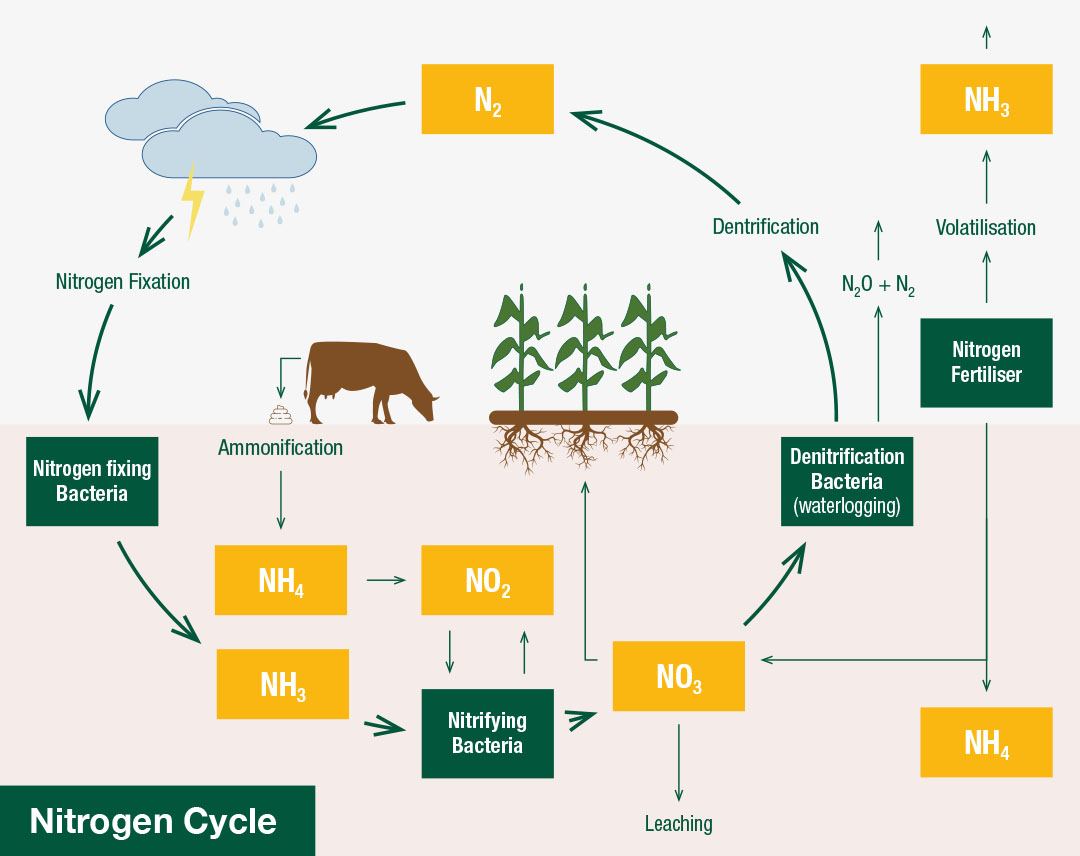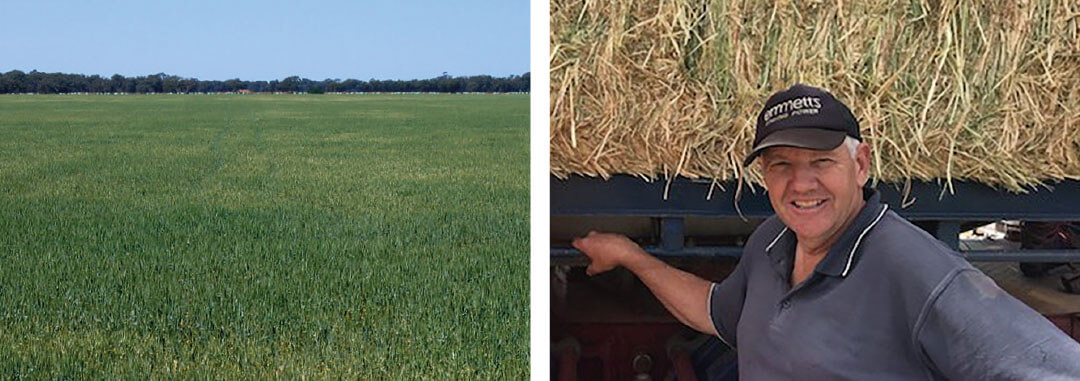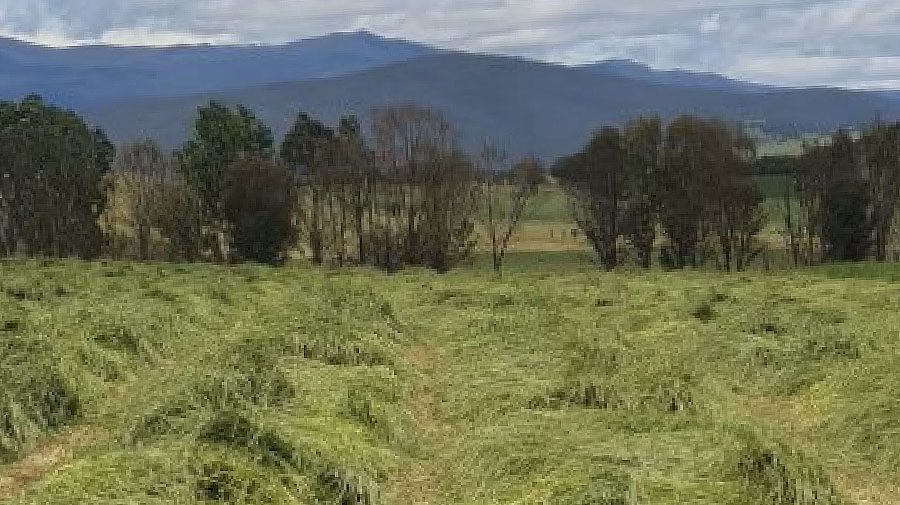
Latest
News
Is Nitrogen fertiliser burning a hole in your pocket and your soils?
Maximise capture of native N
There is no doubt that high yielding crops, pastures and permanent plantings all require nitrogen (N). It is a major component of both chlorophyll, required for photosynthesis, and of amino acids, the building blocks of proteins.
While nitrogen fertilisers are the ‘go to’ for most farmers, the fact is that in high functioning soils, a large amount of nitrogen supplied to crops is native, soil borne or soil sequestered nitrogen. [1]
How do soils get N? High functioning soils exhibit several common factors. They have a balance of macro and micronutrients which support soil biology and increased soil organic matter (soil carbon).
Soil biology and soil carbon play key roles in the natural nitrogen cycle. Carbon acts as a food source for soil biology involved in nitrogen fixing and cycling.
In addition, high functioning soils are fertilised appropriately, in line with crop needs, both in amount and timing. Fertiliser is not overapplied which adversely influences biological communities in the soil and may also result in increased amounts of residual inorganic nitrogen, that can result in a loss of soil organic carbon.
Urease Inhibitors [2] and other fertiliser treatments are increasingly available to reduce nitrogen volatilisation and improve use efficiency. However overuse of these fertilisers can still create an imbalance in soils and disruption to natural nitrogen fixing.
The results are statistically significant and were recently presented at the International Grassland Congress (IGC) Conference in Kentucky USA. Established almost a century ago in Europe, the Congress now amasses over 1,000 delegates from 80 countries worldwide, including leading scientists, industry, students and producers.

Maximising this FREE source of N
Optimising the fixing and uptake of native nitrogen requires a healthy soil and root system. Increasing a crop or pasture’s root zone increases soil crop interaction, better distributing exudates (carbon) and improving nitrogen sequestration and access to mineralised nitrogen and other nutrients.
Soil biology plays a critical role in sequestering and delivering nitrogen. However, it can be negatively impacted by a range of factors including flooding, drought, fungicide, or chemical applications. Soil biology can also be slowed during crop dormancy or cold conditions.
Supporting or stimulating soil biology then plays a role in increasing both fixing and supply of soil borne nitrogen.
BioAg’s Soil & Seed® is a proven natural soil inoculant supporting germination, emergence, and early root growth in cropping. It is also beneficial in offsetting the impacts of stress and enhancing early seasonal growth and nutrient supply.
Colin Falls is a fourth generation broadacre cropping farmer in Victoria. He implemented a soil health program with BioAg over 20 years ago.
“After using the program we were able to move to continuous cropping because the soil was not depleted after each harvest. It’s now a sustainable operation.”
BioAg’s Soil & Seed® is part of Colin’s program and helps the crop adapt to environmental conditions, resulting in more balanced crops. A balanced crop can better withstand the shocks and stresses from weather, as well as offering a level of natural resistance to pests and diseases. The net result is higher yields and improved quality with residual soil fertility enhancement.
“We’ve really come to understand how important the health of the soil is for growing a healthy plant. When a plant is healthy then it will use as much nutrient and moisture as it can, and this maximises its quality and yield potential.”
“The program addresses the health of the soil as well as providing for the plant, and from this we have seen a consistent increase in the quality of our crops. The program has more than paid for itself.” – Colin

[1] Reference: Are Nitrogen Fertilizers Deleterious to Soil Health? Bijay- Singh ID, Department of Soil Science, Punjab Agricultural University, Ludhiana 141 004, India; March 2018; Accepted: 12 April 2018; Published: 14 April 2018
[2] Chemical compounds that block the activity of the enzyme urease. Urease is found in soil as well as in plant residues. Urease, along with water, will hydrolyse, or break down, urea into ammonium. The loss process that urease inhibitors protect against is ammonia volatilisation. Volatilisation is the loss of N through the conversion of ammonium to ammonia gas, which is released to the atmosphere. The volatilisation losses increase at higher soil pH and conditions that favour evaporation (e.g. hot and windy).


Recent Comments